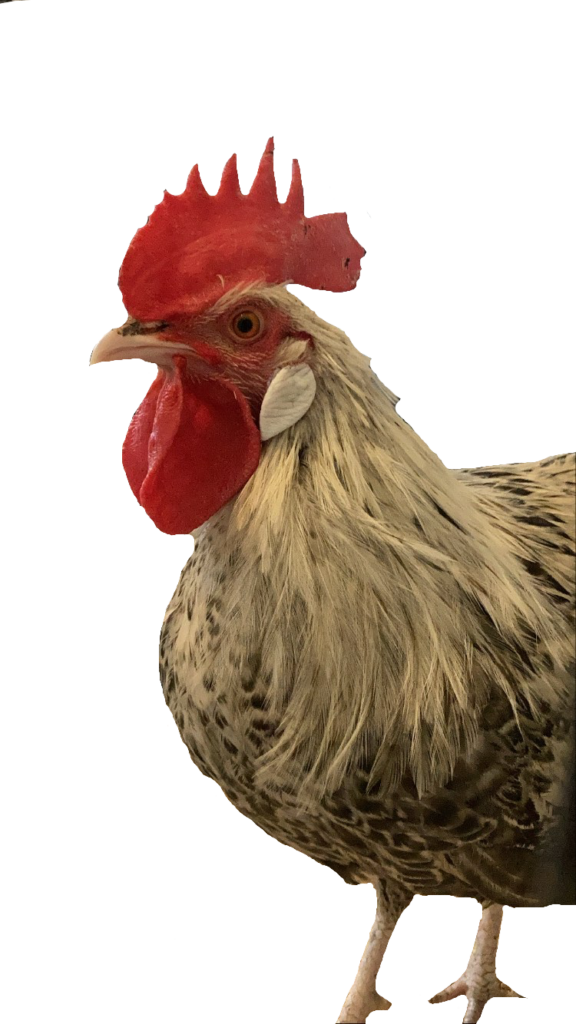
Population: 68 chickens of an advanced intercross between the White Leghorn chicken and the Red Jungle Fowl.
The testing was divided into two parts: Brain analysis and behavioral testing analysis.
Brain analysis: Each brain region was submitted to the process of isotopic fractionation (or “brain soup”), to obtain brain cells (neurons and non-neurons) values such as count and density. Each region was also weighted.
Behavioral tests: Both tests were performed 8 times in each individual, the emergence test was performed both at 5 weeks of living and at 5 months of age, and the social reinstatement only at the 5 weeks.

Emergence test
The longer the individual takes to emerge from the box the more fearful it is.

Social reinstatement
The longer time the individual spends in the distant zone, the more fearful it is.
I used the mean time that the individual took to emerge, and that spent in the distant zone to assess fearfulness, and the standard deviation of that mean to assess how much they varied in their behavior, that is intraindividual variation.